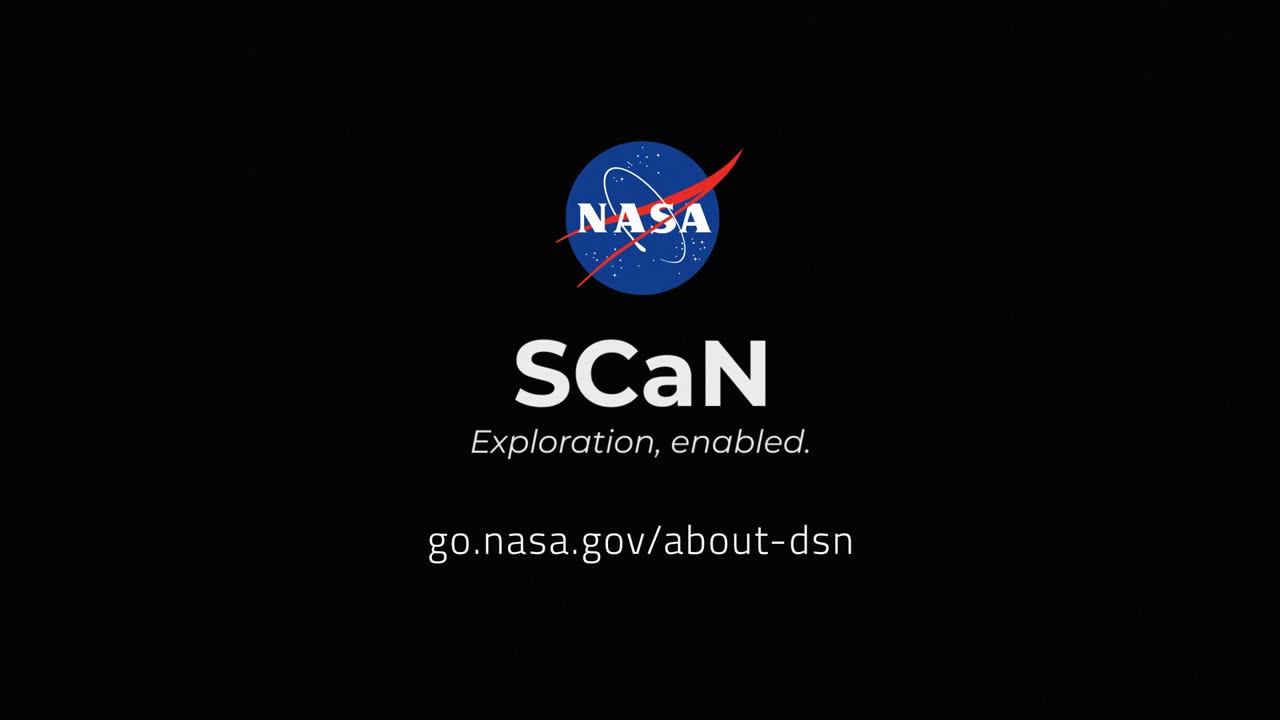Premium Only Content

How NASA Uses Gravity and Radio Waves to Study Planets and Moons
The Deep Space Network, NASA’s international collection of giant radio antennas used to communicate with spacecraft at the Moon and beyond, helps scientists and engineers use gravity and radio science experiments to learn more about our planetary neighborhood.
After reaching a spacecraft reaches its destination, it uses radio antennas to communicate with the Deep Space Network, which in turn transmits radio signals back to the spacecraft. Every spacecraft travels in a predetermined path emitting radio signals as it orbits around its target. Scientists and engineers can infer the spacecraft's location and how fast it's going by measuring changes in the spacecraft's radio signal frequency. This is made possible by the Doppler effect, the same phenomenon that causes a siren to sound different as it travels towards and away from you.
The Doppler phenomenon is observed here when the spacecraft and the Deep Space Network antenna move in relation to each other. Differences between the frequency of radio signals sent by the spacecraft as it orbits and signals received on Earth give us details about the gravitational field of a planetary body. For example, if the gravity is slightly stronger, the spacecraft will accelerate slightly more. If gravity is slightly weaker, the spacecraft will accelerate slightly less. By developing a model of the planetary body's gravitational field, which can be mapped as a gravitational shape, scientists and researchers can deduce information about its internal structure.
The Deep Space Network was developed by and is managed by NASA’s Jet Propulsion Laboratory (JPL) in Southern California. The antennas of the Deep Space Network are the indispensable link to robotic explorers venturing beyond Earth. They provide the crucial connection for commanding our spacecraft and receiving never-before-seen images and scientific information on Earth, propelling our understanding of the universe, our solar system and ultimately, our place within it.
JPL manages the Deep Space Network for the Space Communications and Navigation (SCaN) Program, based at NASA Headquarters within the Space Operations Mission Directorate.
Learn more about the DSN at go.nasa.gov/about-dsn
-
 56:38
56:38
Flyover Conservatives
10 hours ago6 Steps to Take Advantage of Trump’s New Golden Age! - Clay Clark | FOC Show
42.8K2 -
 1:15:25
1:15:25
Glenn Greenwald
10 hours agoTulsi and RFK Jr. Approved by Key Senate Committees; Trump Meets Netanyahu: Wants to Cleanse Gaza; Pro-Palestinian Group Suspended at UMich | SYSTEM UPDATE #402
101K106 -
 1:43:57
1:43:57
Danny Polishchuk
10 hours agoThe Funniest Call In Show On Earth - Live From New York City's Best Comedy Club
59.8K1 -
 1:41:13
1:41:13
megimu32
10 hours agoON THE SUBJECT: Will the Super Bowl Be WOKE??!
44.3K10 -
 1:18:26
1:18:26
Redacted News
11 hours agoBREAKING! USAID Created and Funded COVID-19 Virus and Bioweapons, RFK and Tulsi pass major hurdle
166K292 -
 50:54
50:54
Candace Show Podcast
11 hours agoBecoming Brigitte: Gaslighting The Public | Ep 1
216K295 -
 4:41:05
4:41:05
Right Side Broadcasting Network
16 hours agoLIVE: President Trump Holds Press Conference with Israeli PM Benjamin Netanyahu - 2/4/25
234K100 -
 1:11:49
1:11:49
Edge of Wonder
11 hours agoInception Is Real: How Ads Are Showing Up in Our Dreams
42.8K7 -
 54:50
54:50
LFA TV
15 hours agoThe Trade War Ends | TRUMPET DAILY 2.4.25 7pm
37.2K7 -
 2:05:37
2:05:37
Quite Frankly
15 hours ago"Capitol Hill Headlines & The Utah Case" ft Lauren Conlin, The Zells 2/4/25
42.9K18